Total knee replacement surgery – your recovery
- Home
- Services
- Orthopaedics
- Knowledge Hub
- Total Knee Replacement Surgery – Your Recovery
The recovery after knee replacement will be different for every patient.
The success of the surgery will depend not only on your age, health and wellbeing coming into the operation, but how well you commit to your own recovery and rehabilitation. Taking an active role is crucial to achieving the best possible outcome – and this starts right from the moment you decide to have surgery.
Rehabilitation is a vital part of this process. It helps you to regain independence and confidence, as well as helping you to avoid injuries in the future. Our rehabilitation team includes physicians, physiotherapists and occupational therapists who will guide you each step of the way as you regain your strength.
Please ask about any inpatient or outpatient, individual and group rehabilitation sessions that you can access through your hospital.
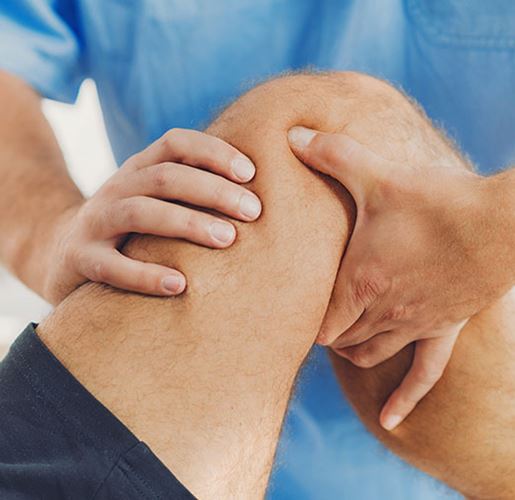
Home preparation
Organising your home for when you are discharged from hospital will help to safeguard your new knee joint, prevent falls and aid your smooth recovery.
- Ensure you have supportive shoes to use that fully enclose your feet, and that any recommended walking aid equipment is at home and ready for use.
- Remove any trip hazards such as wires or rugs and remove any obstacles from the rooms to create clear, wide pathways. This will prevent you from knocking or twisting your knee while walking. Remember, you’re likely to be using walking sticks when you return home after your surgery.
- Ensure you have a comfortable chair to sit in with a straight back and armrests to help you get in and out.
- It may be safer and more comfortable using bathroom aids such as a shower seat, over-toilet seat and a non-slip bathmat. Our occupational therapists will discuss these with you while you are in hospital.
- Keep your home well-lit, especially at night when you may need to get up for the bathroom.
- Stairs are safe to use and will help strengthen the muscles around your knee joint. Our physiotherapists will help you practice stair-climbing while you are in hospital.
- Keep all your frequently used items at a convenient height between your shoulder and waist.
- Arrange to have some help with daily chores such as meals, laundry and shopping for the first few weeks.
- Do not drive until your doctor advises it is safe to do so.
Caring for your knee
You can expect to feel some pain after surgery, but this is completely normal and should significantly reduce after six weeks. Taking medication before it gets too severe, or 30 minutes before exercise is the best approach to pain management. Regular movement, quality sleep and avoiding stressful situations are all helpful in minimising your symptoms. The swelling may take up to six months to go down. In the first six weeks after surgery, elevating your leg can help, as well as applying regular ice packs 4-6 times daily, for up to 30 minutes. Keep your wound clean and dry for two weeks after your operation. Contact your doctor if you notice any new redness, swelling, stiffness or you have a fever, as this could be a sign of infection.
Flexible rehabilitation options
Once you have been discharged from hospital, you will need to carry out strengthening and mobility exercises to progress your recovery. The rehabilitation options can be flexible to suit your needs. For some patients, continuing under the care of a multi-disciplinary team as an outpatient is the most suitable option. Other patients may prefer to rehabilitate at home, or at a private practice. Your doctor will advise on the most appropriate rehabilitation environment to suit your recovery.
Knee rehabilitation exercises
Before surgery
Studies show that strengthening your muscles before your knee replacement surgery can help you to recover more quickly and achieve better outcomes. Your doctor may have recommended that you complete daily exercises for 3-6 weeks leading up to your surgery. These may include quad strengthening, calf stretches, and repeated sit-to-stand movement. Regular walking, stationary cycling and stair climbing are also recommended. Physiotherapy-led pre-habilitation programmes can also be considered.
After surgery
Exercise and movement are key to your recovery and will begin as soon as you wake from your operation. After discharge, ongoing strengthening and mobility exercises will be prescribed by your physiotherapist. These will focus on improving your quadriceps activation and knee range of motion and will greatly assist your recovery. Rehabilitation exercises can be practised as an outpatient, or from home.

Walking and the return to mobility
Walking is encouraged as soon as possible after surgery as it reduces the risk of complications. Patients will not be discharged from hospital without being able to climb stairs and walk independently using crutches or a walker. Once at home, the goal is to practise walking without a limp. Running or jogging is generally not recommended unless specified by your treating doctor.
Average recovery timeline
Weeks 1-3
• If you can safely return home, you will likely be discharged from hospital within a few days.
• A physiotherapist will help you work through some exercises that will gradually increase the range of motion in your knee.
• You should feel less pain, be able to go on longer walks and climb the stairs without help.
• You may be able to walk without any assistance.
Weeks 4-6
• As your knee joint heals, your independence should be returning. Everyday tasks such as cooking and cleaning will be easier to achieve as your knee mobility improves.
• The swelling in your knee is likely to have significantly reduced.
• Talk to your doctor about driving and returning to work.
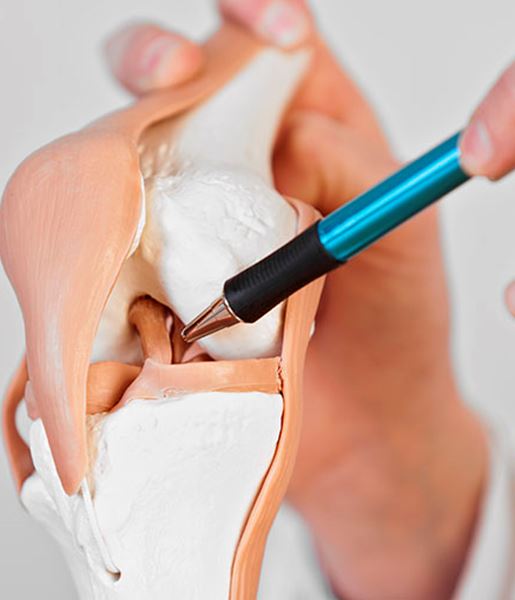
Weeks 6-12
- Your exercises will start to include more physical activity such as swimming and cycling as your knee flexion improves.
- You should now have significantly less knee swelling or pain.
Beyond 3 months
- Talk to your doctor about returning to sports and how that will impact your knee. Always take the advice of your medical team.
- You should now benefit from a full range of motion in your knees.
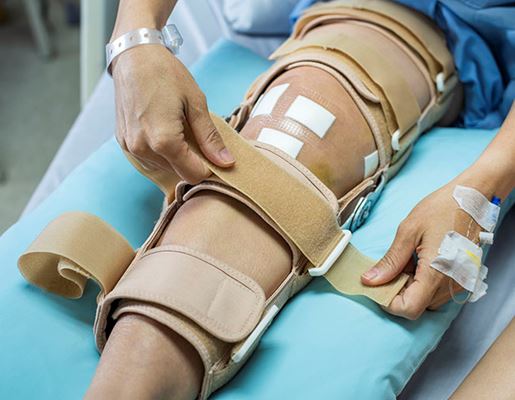
What to avoid after knee replacement surgery
Healing takes time so it helps to take some precautions along the way.
- Stay active – prolonged sitting can increase the risk of clotting. Straightening and bending your knee will improve mobility.
- Avoid high impact exercise such as running or contact sport or weight training. These activities can place excessive stress on your new knee joint.
- Avoid activities or terrains with a high risk of falling such as ice or mud, skateboarding or skiing.
- Don’t pressure yourself to achieve too much, too soon. If you feel increased pain or swelling, it could be time to slow down.
Frequent questions
How long do my stitches stay in?
Stitches or staples are usually removed at the follow-up appointment, within 21 days of surgery.
When can I kneel again?
Kneeling is not usually recommended until six weeks after knee replacement surgery as it could be uncomfortable, and the knee may have a reduced sensation. Your doctor can advise when it is safe to do so. Many patients have difficulty kneeling after knee replacement surgery.
This article contains information of a general nature, which may not be relevant to you. You should not rely on this article as medical advice. Any surgical or invasive procedure carries risk. We encourage you to speak with your doctor about your condition.
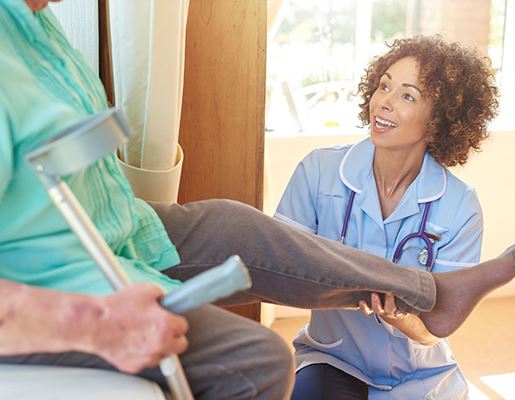
Related
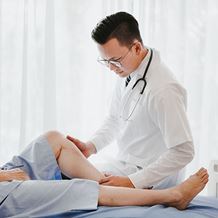
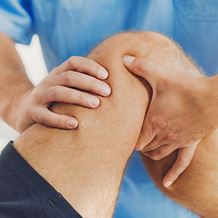
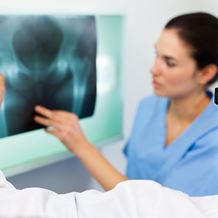
Find a Specialist
Talk to our world-leading orthopaedic specialists about the most suitable treatment options.
Read More